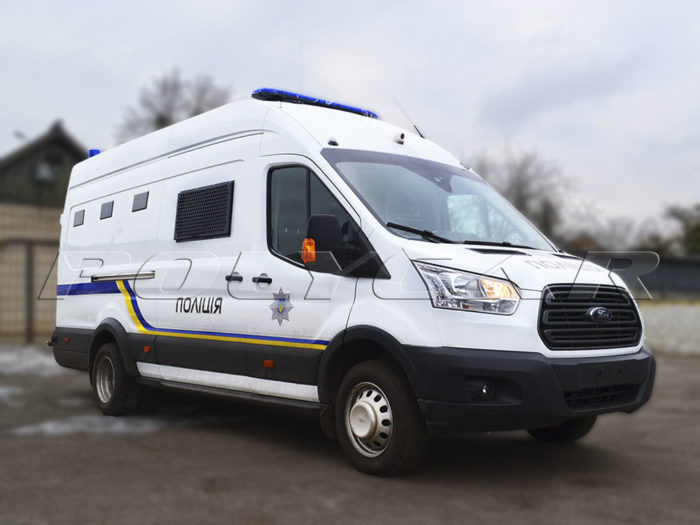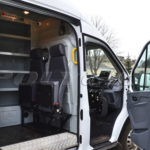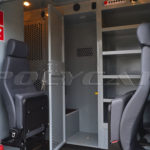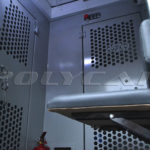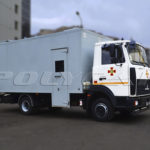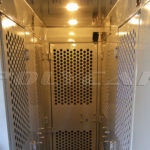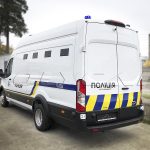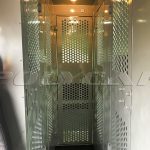The number of places for prisoners depends on the chassis and design from 3 to 35, up to three places for a convoy.

Lighting and signaling equipment, as well as pasting the body with identification marks.

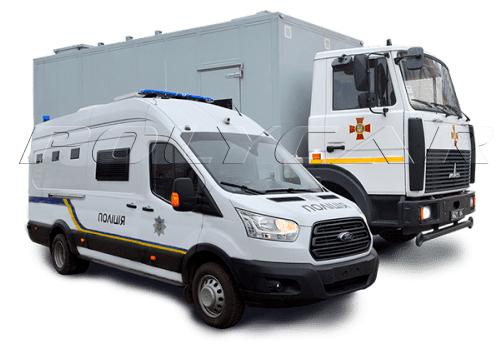
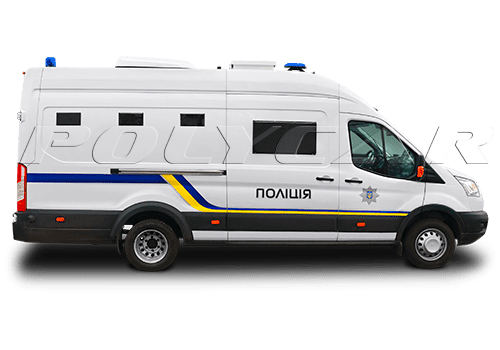
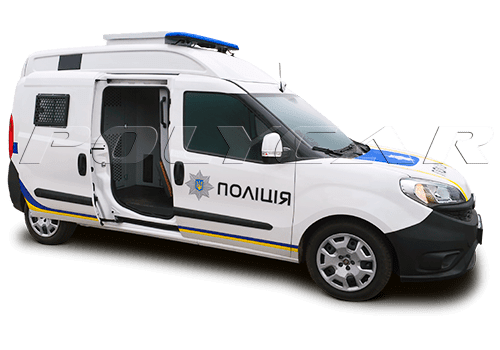
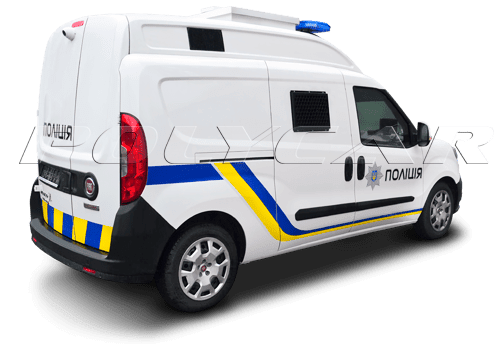




Anti-vandal seats, locking fittings, cages and other equipment meet all state requirements.

Systems of air conditioning, heating, ventilation, lighting, communication with the driver and external / internal video surveillance.

A prisoner transport vehicle is a car for transporting prisoners and suspects, in conditions that exclude violation of the regime of detention established by the judicial authorities. Paddy wagons are special vehicles, the body can be made on the basis of a minibus, bus, various brands of trucks or a vehicle that is equipped with a van (Renault Dokker, Fiat Doblo, etc.), depending on how many people need to be transported. The body of the vehicle on the basis of which the paddy wagon is produced must be all-metal. The inner wall and ceiling sheathing is made of metal sheets and provides thermal insulation made of non-combustible material.
One of the important conditions for the implementation of this vehicle is the availability of separate rooms for the transport of prisoners and a compartment for the security guard that provides escort. Usually they are separated by a metal grating with a rod diameter of at least 5 mm and a cell of no more than 35×35 mm, or they are sewn up with a metal sheet with a thickness of at least 1.2 mm. If the compartments are separated by a metal plate, they have a small observation hole. Depending on the version of the car / bus, they can also be equipped with a special compartment for storing police escort’s weapons.
In some versions, designed to transport prisoners over long distances, toilets, wash basins are installed and the room is divided into several compartments (individual cells and cells for several people). Seats and lamps in the compartment for prisoners are reinforced (anti-vandal). Near each seat there are brackets or fixing racks for fastening the detainee’s handcuffs. If in such vehicles an exit is provided in the rear of the body, then it is equipped with a stationary lock and protected hinges, and it is tightly sewn up with a metal sheet inside. In the upper and lower parts of the cell doors, a ventilation belt made of perforated metal sheet is equipped. The doors of the cells are closed automatically, and then with a special key. An emergency ventilation hatch with a special key is provided in the upper part.
Another important factor that must be taken into account in the production of special vehicles for the transport of prisoners is radio communication. In these vehicles, specialized radio stations are installed with a certain radio frequency range, sensitivity and with at least 16 channels. It is also customary to install video surveillance systems in paddy wagons (from 2 to 7 external and internal surveillance cameras) with a monitor displayed in the convoy compartment.
Vehicles for the transport of prisoners produced by Polycar comply with all orders and regulations of the Ministry of Internal Affairs of Ukraine.
Технічні характеристики
| Number of places for prisoners | up to 35 (depending on the chassis) |
| Cells | individual and common |
| Places for police escort | 1 or 2, comfortable, folding |
| Video surveillance | inside and outside with a display in the driver’s cab |
| Pasting of the body | mock-up of the customer |
| Furniture | anti-vandal seats and benches |
| Signaling devices | light panels, a signaling loudspeaker, a siren |
| Systems | ventilation, heating, air conditioning, lighting, two-way communication with the cabin |
